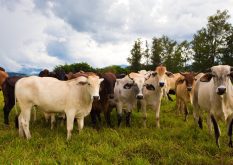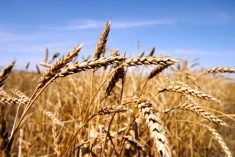Accelerated Brazilian chicken production will continue at least through the end of 2024, according to a lobby group for chicken and pork processors in mid-August.
The news has been seen as a sign that a global chicken glut may not subside soon.
An oversupplied chicken market affected Brazilian meatpackers’ earnings in recent quarters, also forcing companies like the U.S.’s Tyson Foods to downgrade capacity.
ABPA, which represents companies like JBS SA and BRF SA, said Brazil’s 2023 chicken output could potentially increase by up to three per cent to 14.95 million tonnes at the end of the year.
Read Also

Foggy grain market predictions for 2026
Many factors are pushing and pulling at grain markets as farmers leave 2025 behind and start considering what 2026 will bring.
Next year, chicken output may grow as much as 4.5 per cent to 15.5 million tonnes, it added.
Brazil, one of the world’s largest chicken producers alongside China, the U.S. and the EU, was previously expected to produce 15 million tonnes of chicken in 2023, said Ricardo Santin, ABPA’s president.
He told reporters that new projections do reflect a gradual reduction of Brazil’s output, which should improve the balance of supply and demand in the second half of the year compared with the first.
Given the size of Brazil’s production and exports, the country “is a price and volume driver on global markets,” he said.
Brazilian chicken exports, which account for 35.6 per cent of global chicken supplies, are also expected to rise.
ABPA is projecting Brazilian chicken exports at 5.1-5.2 million tonnes for end-2023, potentially increasing up to eight per cent from the previous year.
For 2024, exports could grow as much as five per cent to 5.35 million tonnes, ABPA said.
Brazil’s main export destinations were China, Japan, the United Arab Emirates, South Africa and Saudi Arabia in the first seven months of 2023.
China, which increased imports of Brazilian chicken by 33 per cent in the period, is expected to continue buying large volumes, as it is expected to lower its own internal chicken output, ABPA said.














